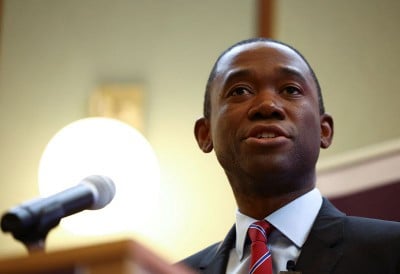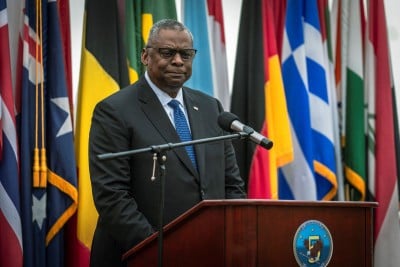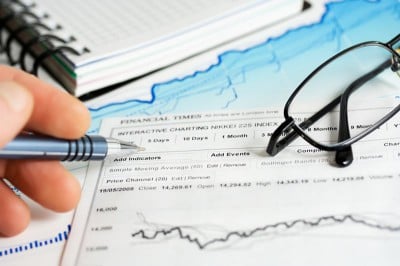
Luis Alvarez / Getty Images
Dovish refers to a type of monetary policy that is focused on increasing employment. This type of monetary policy, called expansionary monetary policy, increases employment in the economy and stimulates economic growth.
Definition and Examples of Dovish
Dovish monetary policy is mostly concerned with maximizing employment. If an economist has a dovish view of monetary policy, they tend to advocate for policies that will lead to more people being employed.
Dovish economists will want to keep interest rates low because they encourage an increase in borrowing by consumers and businesses. As consumers spend more money and businesses invest in their future, the economy will grow and businesses will hire more people.
Note
The term dove—and its opposite, hawk—applies to Federal Reserve Governors and other central bank policymakers. They are often labeled as such by the media and other economists.
In a talk she gave to the National Bureau of Economic Research in 2013, when she was serving as the vice chair of The Fed, she said, “I believe it's appropriate for progress in the labor market to take center stage in the conduct of monetary policy.”
President Obama also alluded to Janet Yellen being a dovish economist in his speech nominating her as chair in October 2013. He noted that Yellen was nominated because she understands the Fed’s goals—“sound monetary policy to make sure that we keep inflation in check, but also increasing employment and creating jobs, which remains our most important economic challenge right now.”
Note
During her time at the Federal Reserve as chairperson, she set the federal funds interest rate lower than other chairpersons all the way back to 1970, when controlling for inflation.
How Does Dovish Policy Work?
Dovish policies are those that focus on maximizing employment. These monetary policies are called expansionary monetary policy or stabilization policy. Expansionary monetary policy is when the Federal Reserve tries to stimulate the economy by lowering interest rates.
Note
As interest rates decrease, this increases the demand for businesses to borrow funds, as there is a reduction in financing costs. Consumers will borrow and spend more, leading to an increase in the demand for goods and services. As a result, there will be more business investment, hiring of workers, and economic growth.
Dovish policy can expand the economy and lead to higher employment. Most doves are not as concerned with inflation, which can occur when interest rates are low for an extended period of time. Doves believe that maximum employment is more important than potential inflation. However, inflation can become an issue if the rate is more than 2% year over year. Inflation that is high leads to prices rising faster than wages, which reduces demand for goods and can lead to a slowdown in economic growth.
How Does a Dovish Economist Differ From a Hawkish Economist?
Hawks are economists who are more worried about inflation than maximum employment. A hawkish economist supports monetary policy that focuses on higher interest rates, which is called tight monetary policy. Hawks are worried that inflation will hurt the economy, as it leads to less purchasing power for consumers and a slowdown in economic growth. High inflation could even result in a recession. Conversely, dovish economists want low interest rates to spur economic growth and increase maximum employment.
Can an Economist Be Both a Hawk and a Dove?
Economists do not designate themselves as a dove or hawk, rather the media, experts, and fellow economists explain the actions of an individual as either dovish or hawkish. Therefore, switching between supporting dovish or hawkish monetary policy sometimes occurs.
Note
Economists can even be considered a centrist, which is neither a hawk nor a dove.
For example, Jerome Powell was considered a centrist before he was selected as the current Federal Reserve chairperson, which is likely why he stayed in his position across multiple presidents. However, many of the policies during his tenure as chair have switched from focusing more on inflation (hawkish) to a focus on maximum employment (dovish). It is not uncommon for the media to change their designation of someone from dove to hawk or hawk to centrist.
Key Takeaways
- Dovish refers to an economic perspective that favors a monetary policy that focuses on maximum employment.
- The term dove is given to central bank economists who advocate more for maximum employment relative as opposed to worrying about inflation.
- The opposite of a dove is a hawk—someone who tends to employ monetary policy to stabilize inflation.
- A current prominent dovish economist is Janet Yellen, who was the Federal Reserve chairperson from 2014 to 2018.
Want to read more content like this? Sign up for The Balance’s newsletter for daily insights, analysis, and financial tips, all delivered straight to your inbox every morning!


